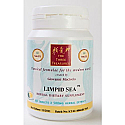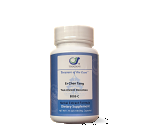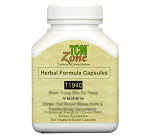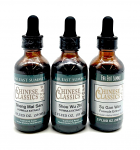Er Chen Tang Capsules
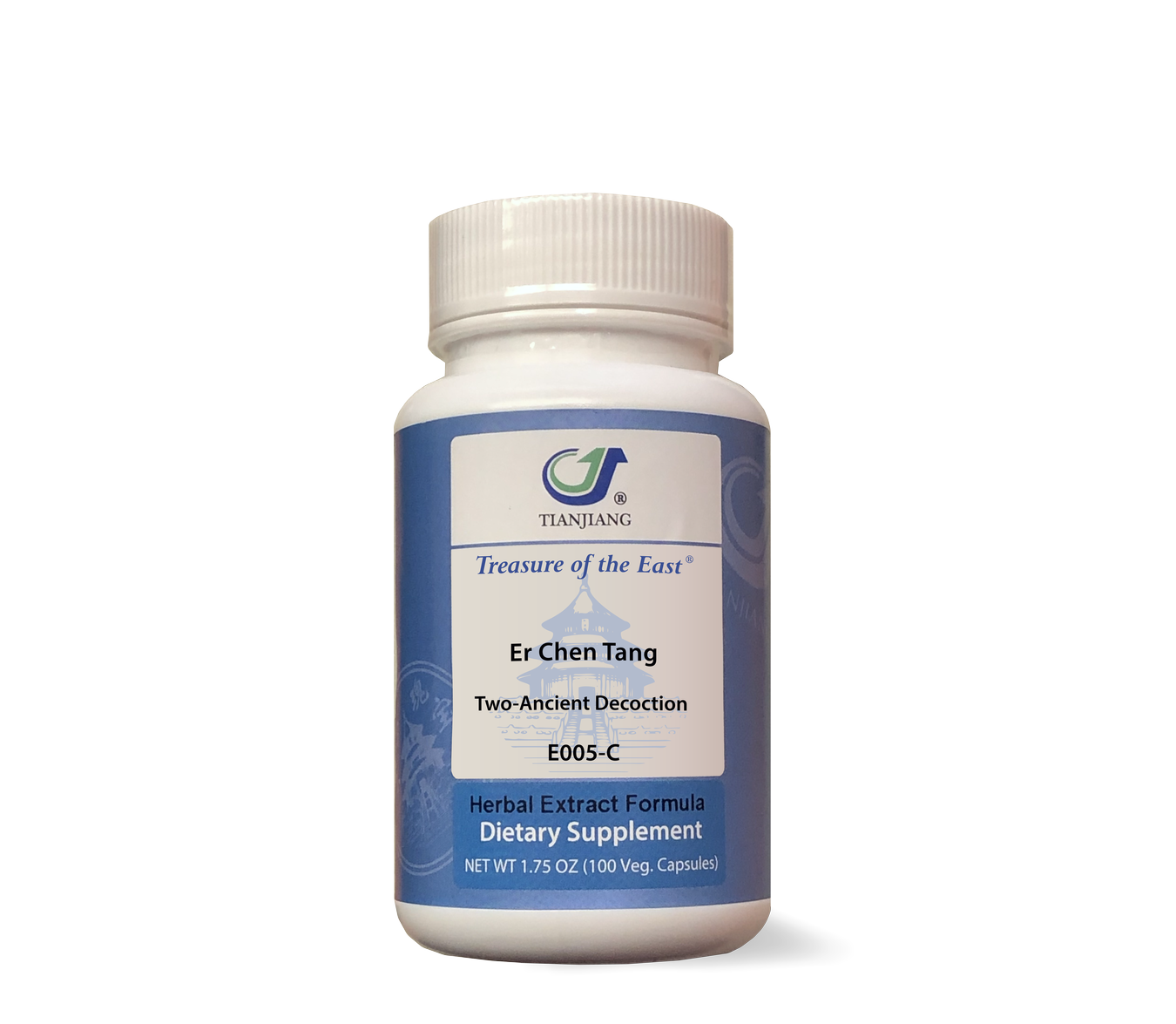
Er Chen Tang Capsules
| SKU | BL156C | |
| Brand | Treasure of the East Capsules | |
| Unit Size | 100 capsules | |
| Chinese Symptomology | Cough with profuse white sputum, a sensation of fullness in the chest, nausea, vomiting, dizziness, palpitations. | |
| Western Symptomology | Chronic bronchitis, chronic gastritis, nasal discharge, Meniere’s disease; and phlegm-related nodules or lumps. | |
| Actions | Removes dampness to resolve Phlegm; regulates the Stomach function. | |
| Pattern | Phlegm dampness | |
| Tongue | Swollen with a white, thick, greasy coating | |
| Pulse | Slippery | |
| Branch | Spleen | |
| Recommendations | ||
| Chinese name | Er Chen Tang Capsules | |
| English name | Citrus & Pinella Capsules | |
| Description | This formula is for damp-phlegm from the Spleen failing to properly transport the fluids, which thereupon accumulate and form phlegm. The accumulation of damp-phlegm in turn encumbers the Spleen, which further impedes the transportation of fluids. Phlegm obstructs the qi mechanisms of the middle burner, which manifests as focal distention and a stifling sensation in the chest and diaphragm, and palpitations. Phlegm follows the flow of qi upward to the Lungs where it interferes with its qi mechanisms and produces coughing. Because the process that generates the phlegm is one caused by dampness and deficiency, the sputum is copious, white, and easily expectorated. Phlegm also interferes with the normal descent of the Stomach qi, which leads to nausea or vomiting. The presence of phlegm in the middle burner obstructs the ascent of the clear yang and causes dizziness. The slippery pulse and the white, thick, greasy tongue coating are indicative of damp-phlegm. The root of this disorder is deficient qi which predisposes the person to the development of damp-phlegm. In turn the damp-phlegm disrupts and weakens the qi mechanisms. This is manifested by the swollen tongue body. |
|
| Ingredients | Ban Xia - Pinelliae preparata rhizome; Chen Pi - Citri Grandis exocarpium; Fu Ling - Poria Sclerotium; Zhi Gan Cao - Gylcyrrhizae uralensis |
|




